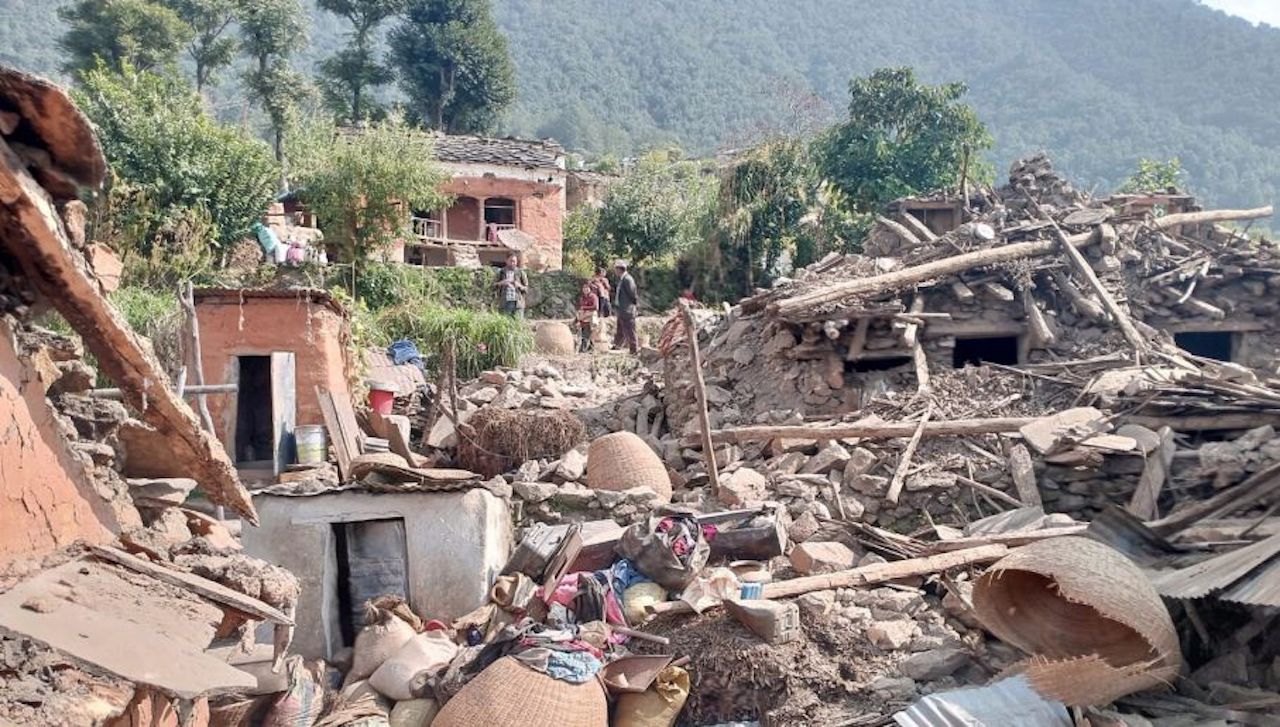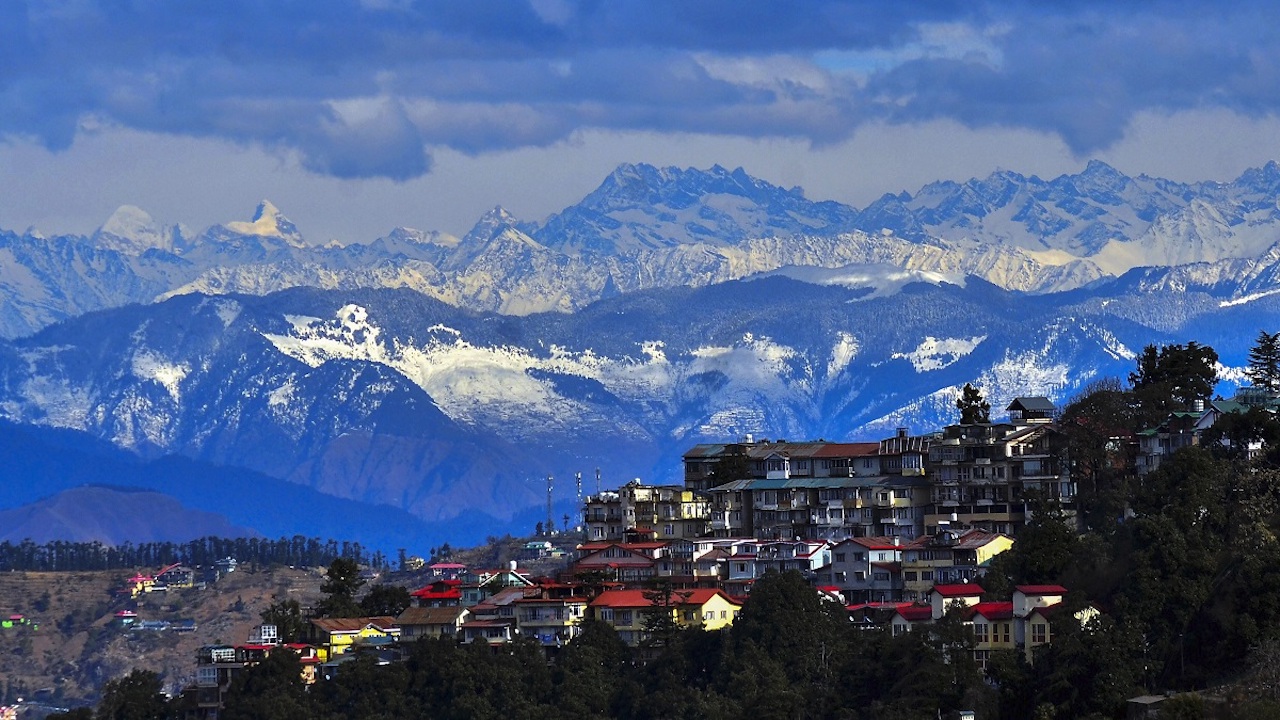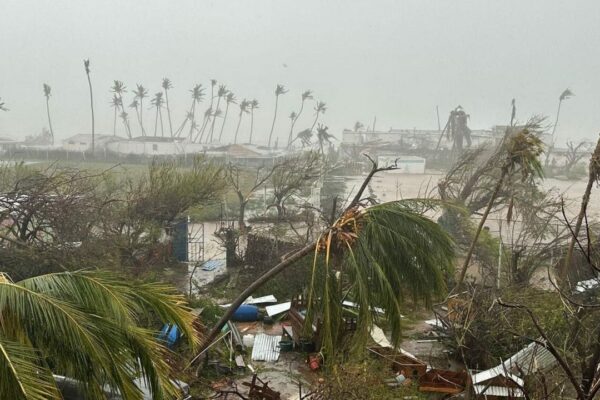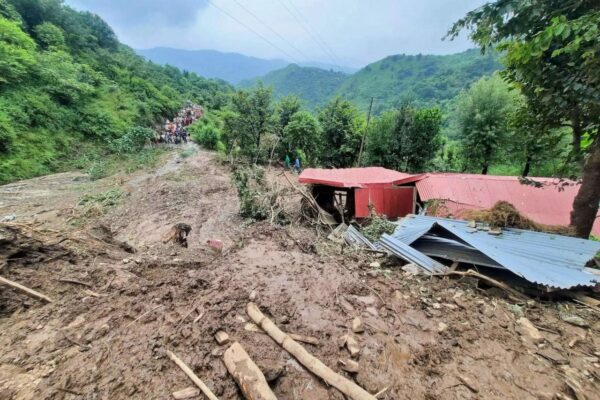NGRI Chief Scientist Warns of Possible Major Earthquake in Uttarakhand
Urgent need for preparedness and risk management strategies in earthquake-prone regions
The chief scientist of the National Geophysical Research Institute (NGRI), Dr. N Purnachandra Rao, has warned of the possibility of a major earthquake in the Uttarakhand region. He stated that the seismic gap between Himachal Pradesh and the western part of Nepal, with Uttarakhand in between, is highly prone to earthquakes that may occur at any time.
Dr. Rao emphasized that the Uttarakhand region has a strong network of 18 seismograph stations to monitor ground motions. However, it is crucial to remain vigilant and prepared for any future earthquake.

Image: Economic Times
This warning comes in the wake of the devastating 7.8-magnitude earthquake that struck Turkey and Syria at the beginning of February, claiming almost 45,000 lives. The disaster has highlighted the need for better international preparedness and risk management strategies during such calamities. There are concerns about knowledge gaps, research and development funds, and other issues related to managing earthquake risks.
Also Read: Kinnaur Hydel Projects Could Trigger Joshimath-like Disaster
India is also highly prone to earthquakes, with the entire Himalayan belt considered at risk for earthquakes of magnitude exceeding 8.0. As per the National Disaster Management Authority (NDMA), nearly 59% of India’s land mass is vulnerable to earthquakes of varying intensities.

Image: Bharat Times
It is therefore essential for authorities to remain vigilant and take proactive measures to mitigate the risk of earthquakes in Uttarakhand and other high-risk areas. This includes ensuring that buildings and infrastructure are built to withstand earthquakes and that emergency response teams are adequately trained and equipped to handle such disasters. The NGRI chief scientist’s warning should be taken seriously, and steps should be taken to minimize the potential damage and loss of life amid earthquakes.
For instance, authorities should take immediate steps to ensure that buildings and infrastructure are constructed to withstand earthquakes, and emergency response teams are trained and equipped to handle such disasters. Public awareness and education campaigns are also crucial to help people understand the risks and take necessary precautions.
Via: Hindustan Times


